A new school year means new kids. New kids mean lots of language screenings!

I’ve used some great Common Core based (i.e., using the Common Core standards for a grade level to create the screening) language screenings in the past. Since the majority of the country follows Common Core, that may work just fine. Over the years, though, I realized I needed something different.
When it comes to Language and Speaking & Listening, not all Common Core standards match kids’ developmental language skills, sooooo I decided to take matters in my own hands. I designed my own developmentally based, Common Core referenced language screeners!
Wondering what “developmentally based and Common Core referenced” means? I chose targets for my language screeners based on developmental milestones for language. Then, I went through Common Core to see what standards, if any, these milestone skills could be tied to.

How did I decide on these particular skills?
Pick them out of a hat? Close my eyes and point? While those methods would have been a lot easier, I decided to go with good, old fashioned research. I pulled data from ASHA, milestone studies, and lots of language books. After sifting through tons of information, I chose the skills that seemed to overlap the most across all my sources.

The next thing I wanted was some type of Pass/Fail indicator. I needed a point of reference, so I added a cutoff score based on an 80% average to the top of each page. Some are less than 80%, but that’s due to how the numbers worked on the screeners.

Each question/task is worth one point. You can use a 1 and 0, + and -, whatever you like to do. When you’re finished, count up all your points. Enter them into the total portion at the top of the screener, and you’re finished!
You can also take a closer look at each section of the screener to better identify areas of weakness. In the bottom left of the screener, you can circle P if the student passed that section or F if they failed it. This helps establish goals and determine starting points.
These language screenings are available in my TpT Store. If you use them in your classroom, let me know what you think in the comments!








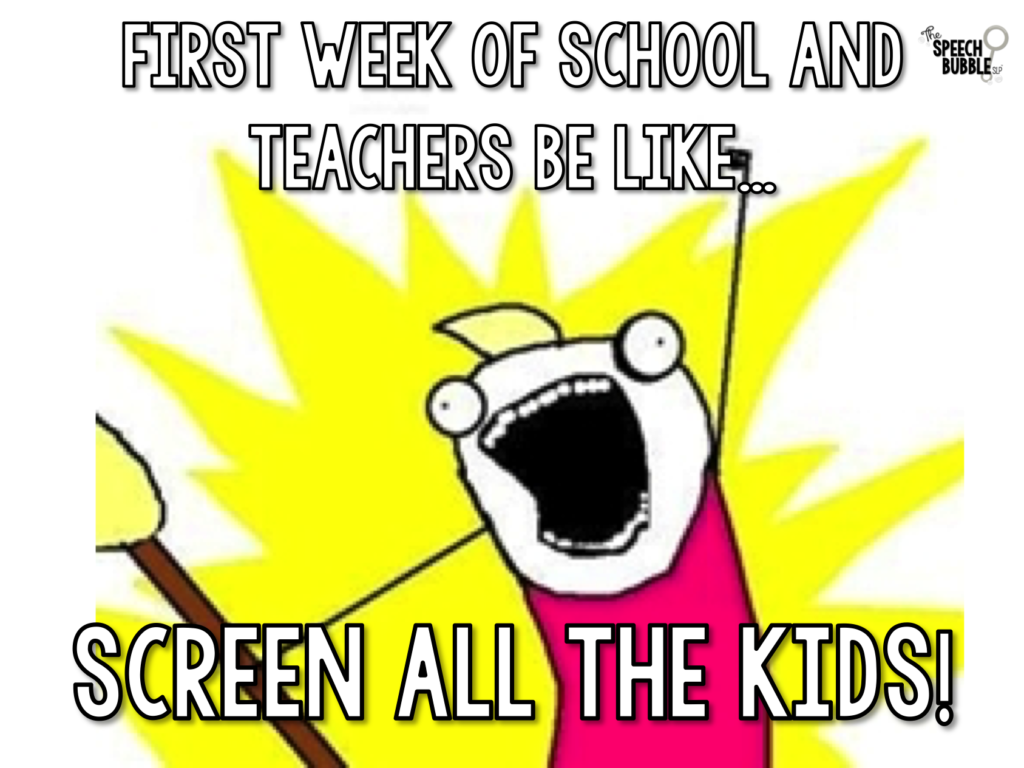
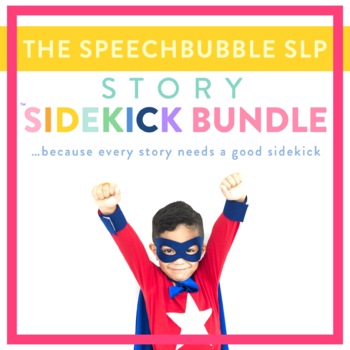
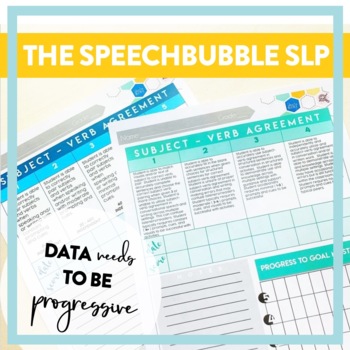
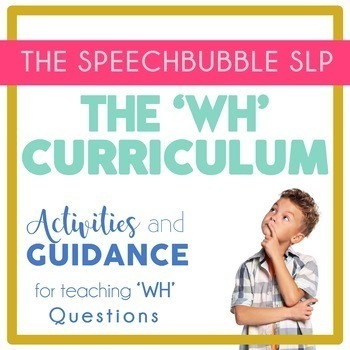



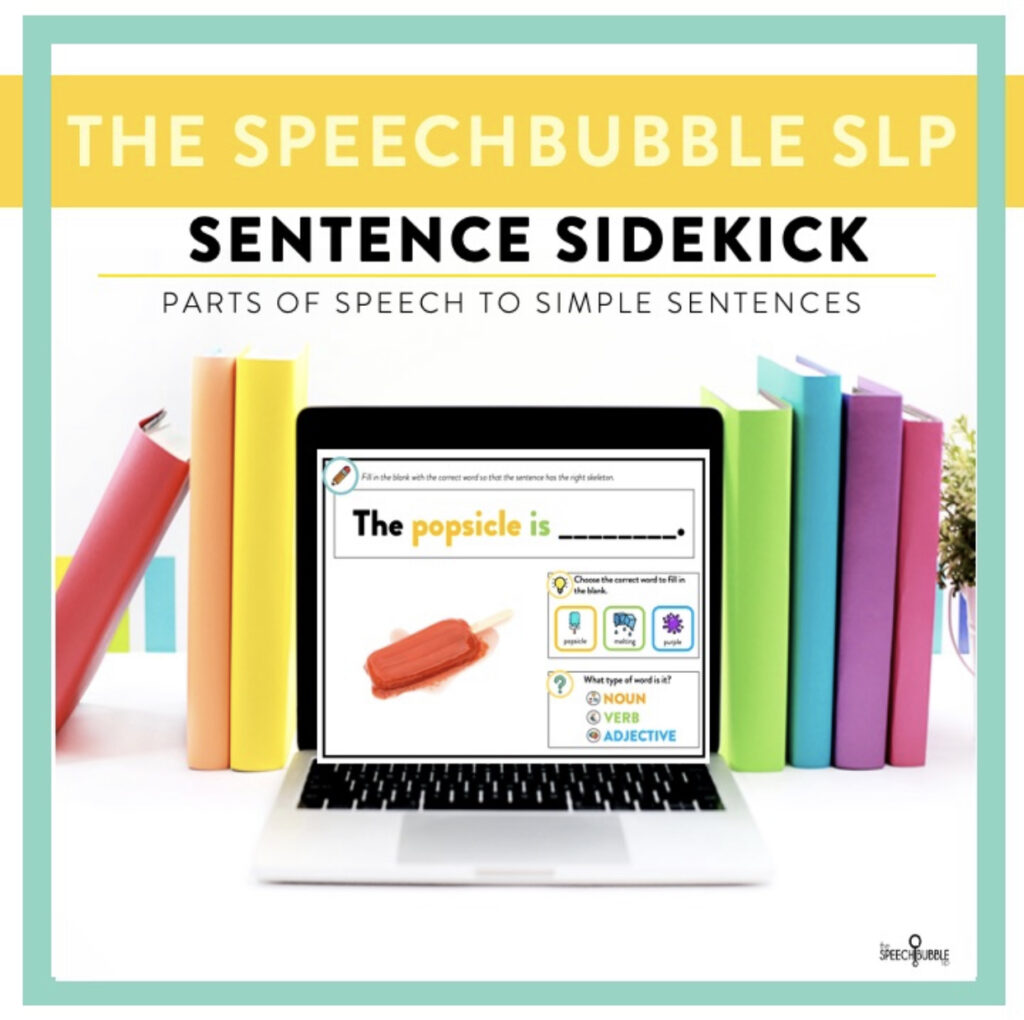
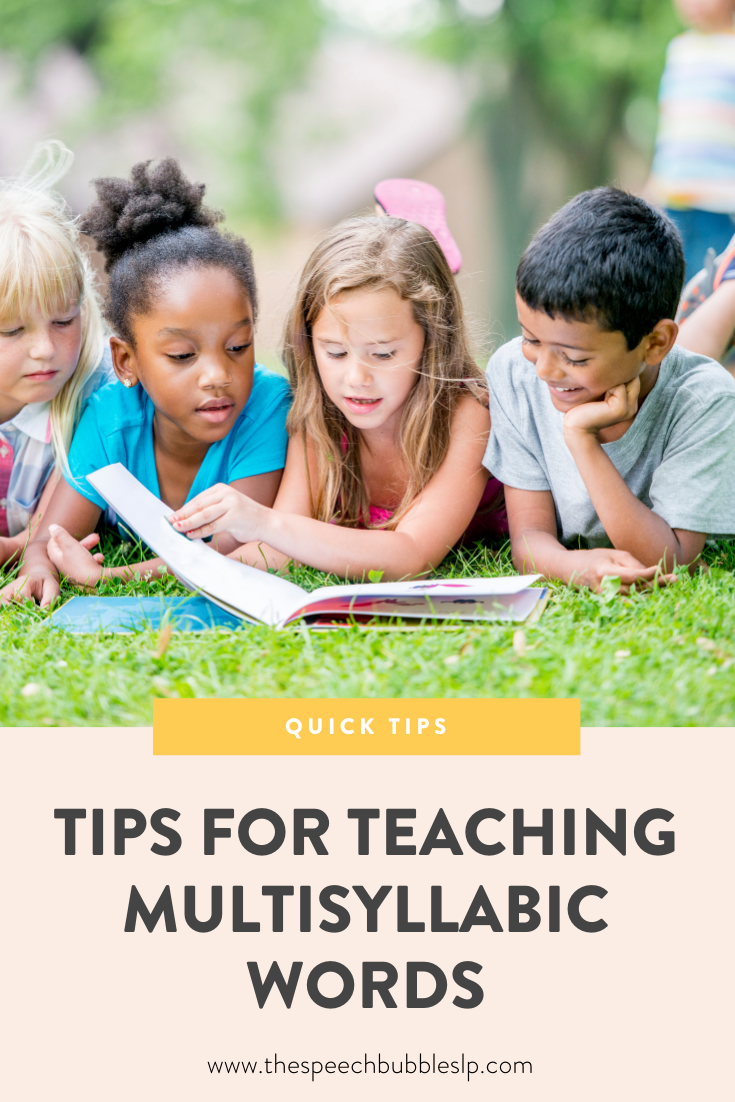
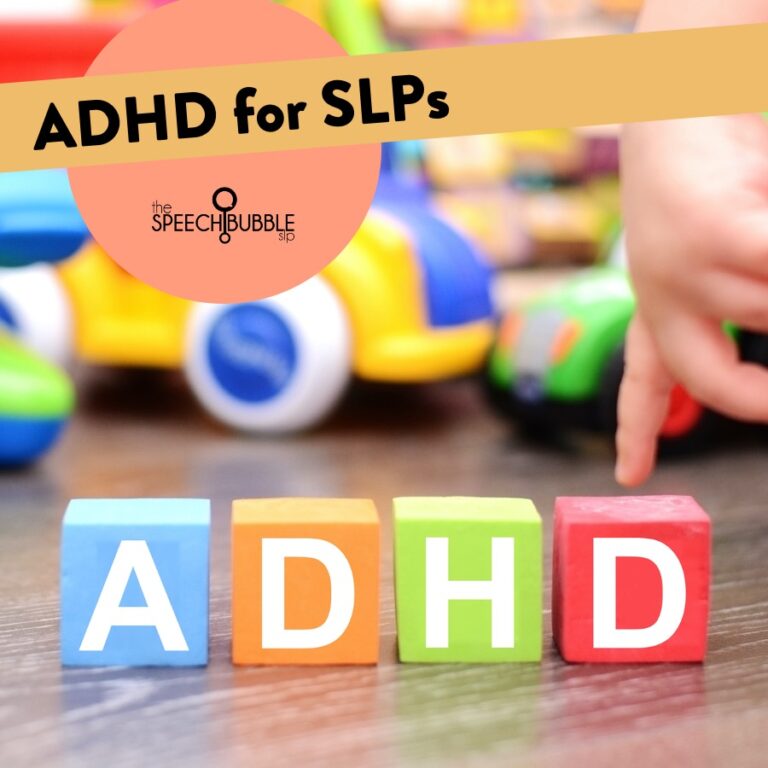


7 Responses
hello Maureen! What a great tool! Would you happen to be in the works of creating one for the high school level?
Hi Nicole,
Since I just finished the K-5 I am taking a breather, but I can add those to my to-do list 😉
That would be awesome! Please keep me posted. Can’t wait to see what other helpful tips and resources you have to share 🙂
Just used these today to get baselines to update iep’s that are coming due. Love them!
Thank you so much!
This looks great & would come in so handy
Thanks so much!